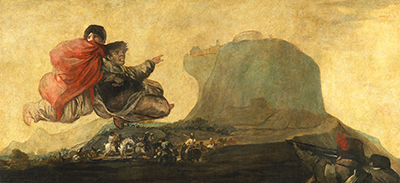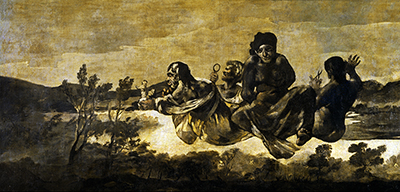The 'Pinturas Negras', or 'Black Paintings', are fourteen works by Spanish artist Francisco Goya . Created during his later years in Spain from around 1819 to 1823, the paintings depict haunting images and dark themes.
These intense creations reflect his fear of insanity. They also convey his pessimistic view of humanity. With the Napoleonic Wars and internal turmoil affecting social and political life in Spain, Goya developed a bleak attitude towards humanity.
This sentiment was influenced by his experience with the fear, hysteria and terror during conflict and social change in early nineteenth century Spain. He also survived two brushes with death due to illness, and his constant fear of relapse added to his anxiety.
In 1819, Goya moved to Quinta del Sordo, or Deaf Man’s Villa, outside of Madrid. Named for its previous deaf owner, Goya was also nearly deaf by the time he moved to the villa at the age of 72. His hearing loss began after suffering an illness when he was 46. Although he kept his political views largely private during his lifetime, Goya made visual critics of war and contemporary Spanish society.
Many of his works were also anticlerical and protests against superstition. The 'Black Paintings' continued this trend and took these themes to their climax. They fourteen paintings were originally murals on walls in the house. Neither commissioned or meant to be displayed outside of his home, they were painted by Goya in his dining and sitting rooms. Beginning in 1874, the frescos were removed and placed on canvas and are now found in Madrid’s world-famous Museo del Prado.
Each of the 'Black Paintings' convey dark and disturbing images. None of them were given names by Goya, although art historians have since provided names and their own interpretations of what each piece means. Antonio Brugada, a friend of Goya’s, catalogued each of the paintings. They were named 'Atropos (The Fates'), 'Two Old Men', 'Two Old Men Eating Soup', 'Fight with Cudgels', 'Witches’ Sabbath', 'Men Reading', 'Judith and Holofemes', 'A Pilgrimage to San Isidro', 'Women Laughing', 'Procession of the Holy Office', 'The Dog', 'Saturn Devouring His Son', 'La Leocadia', and 'Fantastic Vision'.
The paintings often depict frail old men, spies and informers, and people in conflict as well as religious imagery and figures. Without an official explanation left by Goya, each painting’s theme and meaning is left up to the viewer to interpret.
One of the best known of the paintings is 'Saturn Devouring His Son', a depiction of Titan Kronos of Greek mythology or Saturn in Roman myths savagely eating one of his children. The act represents the god's fear that he will be replaced by his child. The only colour in the painting is used for the flesh and blood of a mutilated and lifeless corpse. The gruesome painting features the mythical god emerging from the darkness with bulging mad-like eyes as his fingers dig into his child, whose head and arm have been partially consumed.
Saturn is preparing for another bite of the motionless body. 'Saturn Devouring His Son' was painted along with 'Two Old Men Eating Soup' in Goya’s dining room. Both represented the act of eating in an ironic and dark way. 'Judith and Holofermes' is also linked to dining as Judith murdered Holofermes after inviting him to a banquet.
The 'Witches’ Sabbath' is another notable piece of Goya's 'Black Paintings' series. The gloomy painting uses earth tones to depict a gathering of witches and warlocks with the Devil, which is shown as a ominous silhouette of a goat. The goat has no colour other than black tones and hovers over the gathered coven. The witches and warlocks have ghastly features, although one girl in the crowd dressed in black appears to resist the ritual and the Devil. Other paintings in the series with obvious religious themes include 'A Pilgrimage to San Isidro' and 'Procession of the Holy Office', which relate to scenes celebrating Madrid’s patron saint.
Unlike the 'Witches’ Sabbath' and 'Saturn Devouring his Son', 'Fight with the Cudgels' embraces some colour. Dramatic blues and reds are used to show two men beating one another. The original painting features a meadow as the painting’s setting. Damaged during the transfer from Goya’s home, the background in the version at the Prado was painted over. 'Fight with the Cudgels' can be seen as a premonition of the political conflict between left and right political factions known as Las dos Españas, or the Two Spains. This division eventually led to the Spanish Civil War. Another painting depicting two large figures is the 'Fantastic Vision'.
In this piece, a frightened man and woman hover over horsemen taking aim at them with a large tabled mountain in the background. Again, the painting evokes conflict as a central theme. Confrontation is also a theme in 'Men Reading', which shows what looks like a meeting of conspirators. While 'Men Reading' depicts a serious scene, 'Women Laughing' is lighter in theme but still dark in representation of colour and tone. Both were originally painted in Goya's sitting room.
Although there is no constant theme between the pieces of the 'Black Paintings', there are unifying stylistic elements. Figures often appear off-centre, creating an imbalance that is innovative and modern for the time they were painted. Many scenes in the 'Black Paintings' lack light or are depicted at night.
They show the ugly side of humanity through various sinister acts and expressions. The faces of the figures are often blissful or reflective, while at the same time grotesque and distressed. The paintings recall nightmarish visions and evoke feelings of pessimism and dread. These visual aspects and the impact of the paintings in the series have had on modern art can be seen as a precursor to expressionism.
Francisco Goya was one of the most influential Spanish artists, particularly during the late eighteenth and early nineteenth centuries. The romantic painter and printmaker is a bridge between the Old Masters that dominated the art world before the nineteenth century and modern artists that emerged after 1800. Born in 1746 in the village of Fuendetodos in Aragon, Goya began studying art at the age of 14.
By 1786, he was a painter for the Spanish Court and created portraits of the aristocracy and royalty. He also designed Rococo-style tapestry for the royal palace in Madrid. An unknown illness in 1793 left him with profound hearing loss, which led to his work becoming much bleaker in terms of social and political themes as well as at a personal level.
Goya's experience during the Peninsular War following Napoleon’s invasion of Spain in 1807 affected the artist and his work. ‘Disasters of War’ is a series of prints that protest against violence, including during the Peninsular War and other conflicts of the early nineteenth century. Similar themes are represented in ‘The Second of May 1808’ and ‘The Third of May 1808’, two paintings created in 1814.
This dark period culminates with the ‘Black Paintings’ as Goya becomes more and more disillusioned with political and social developments in Spain. In 1824, Goya moved to Bordeaux and completed various canvases as well as the ‘La Tauromaquia’ series of 33 prints depicting bullfighting scenes. After a stroke left him partially paralysed and with his eyesight failing, Goya died in 1828 at the age of 82.



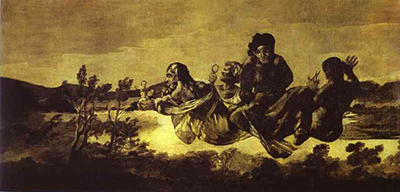
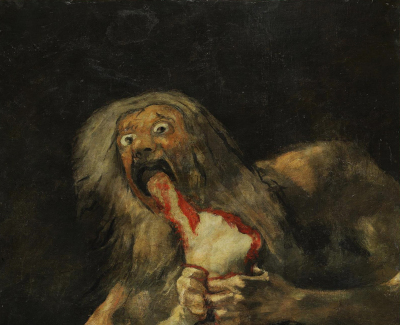
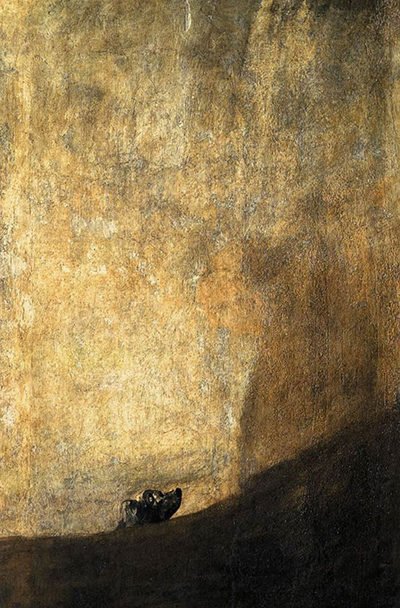
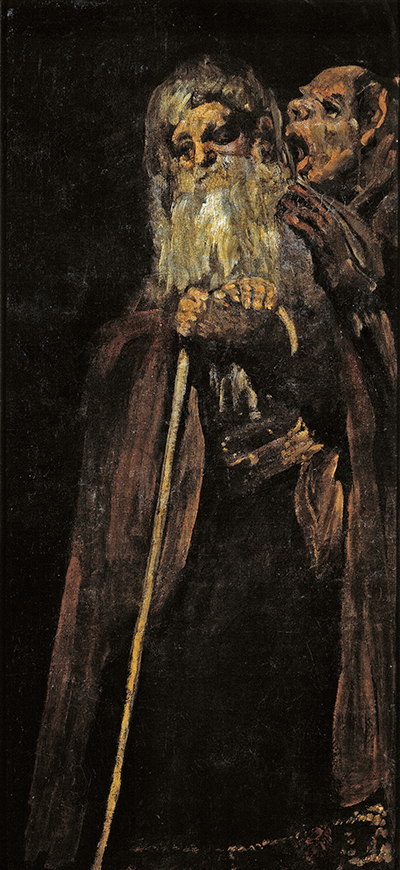
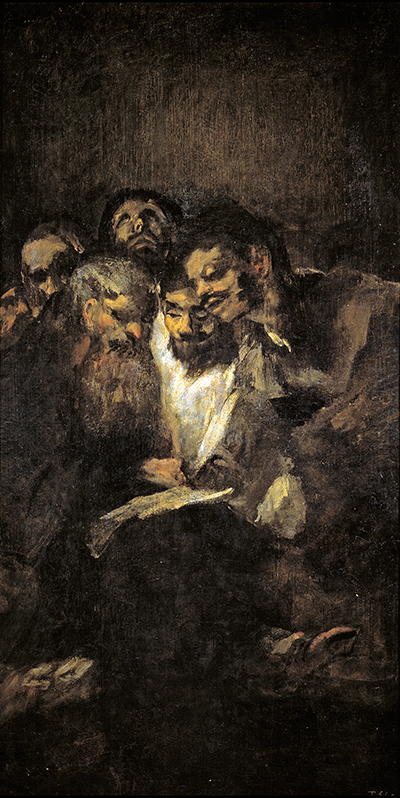
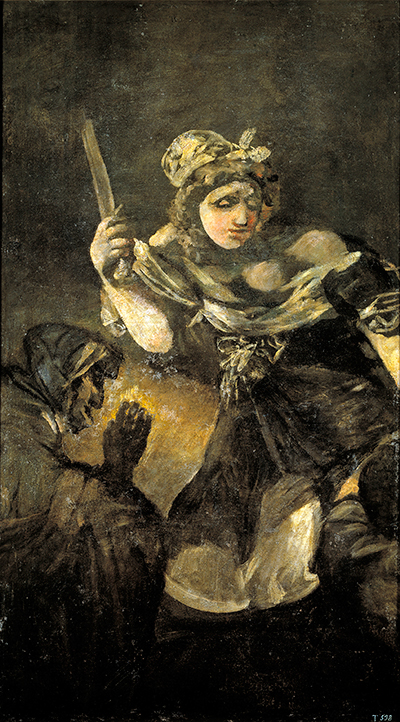
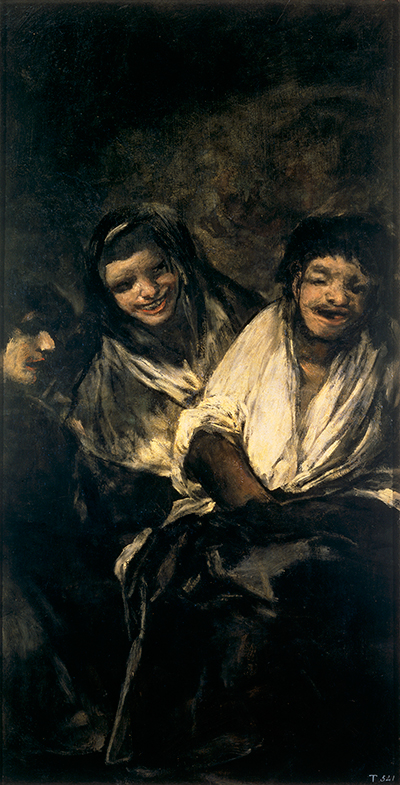
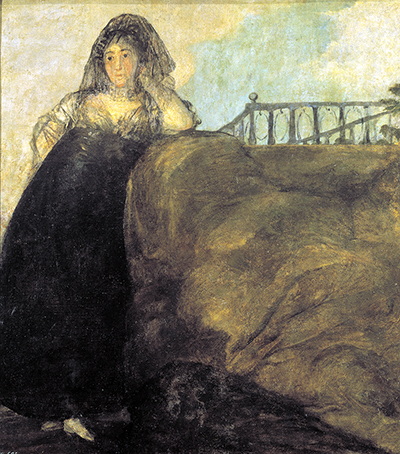
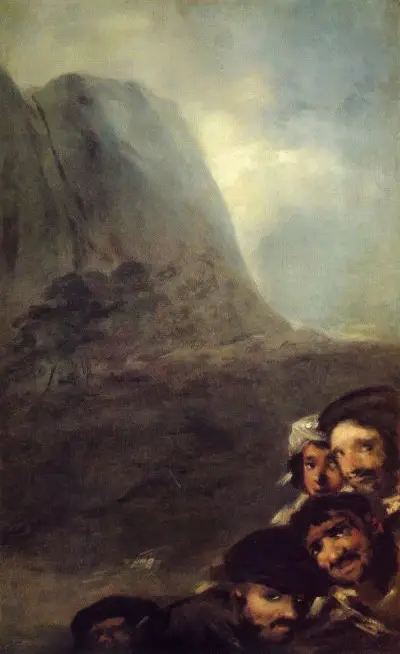
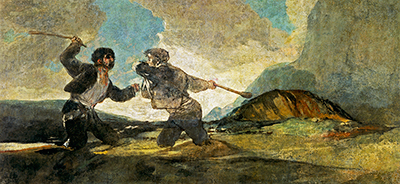
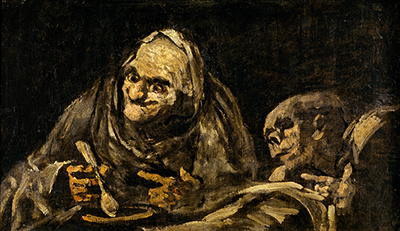

 Francisco de Goya.jpg)
